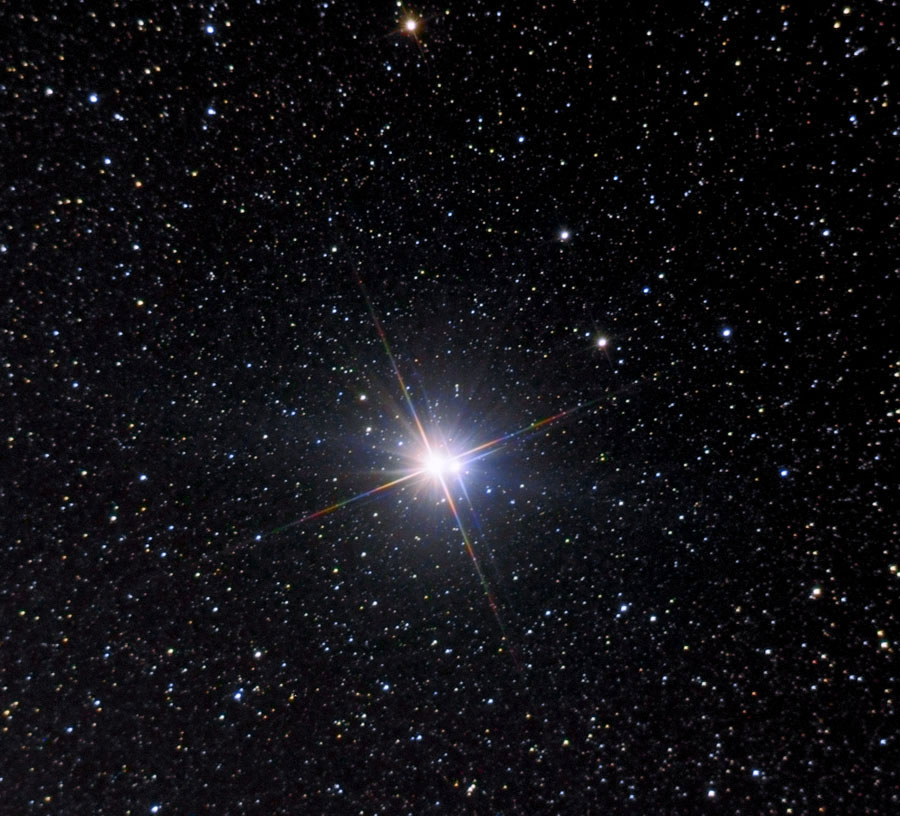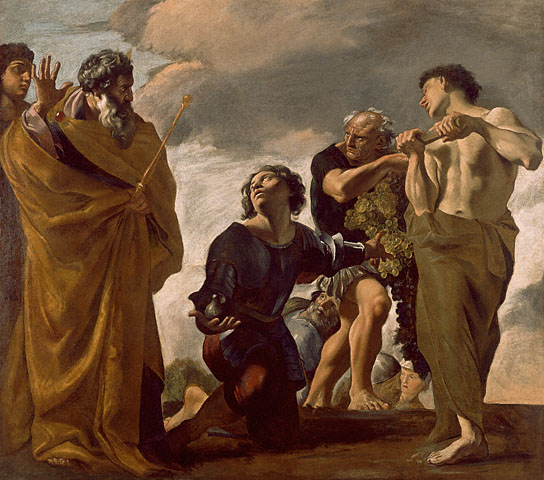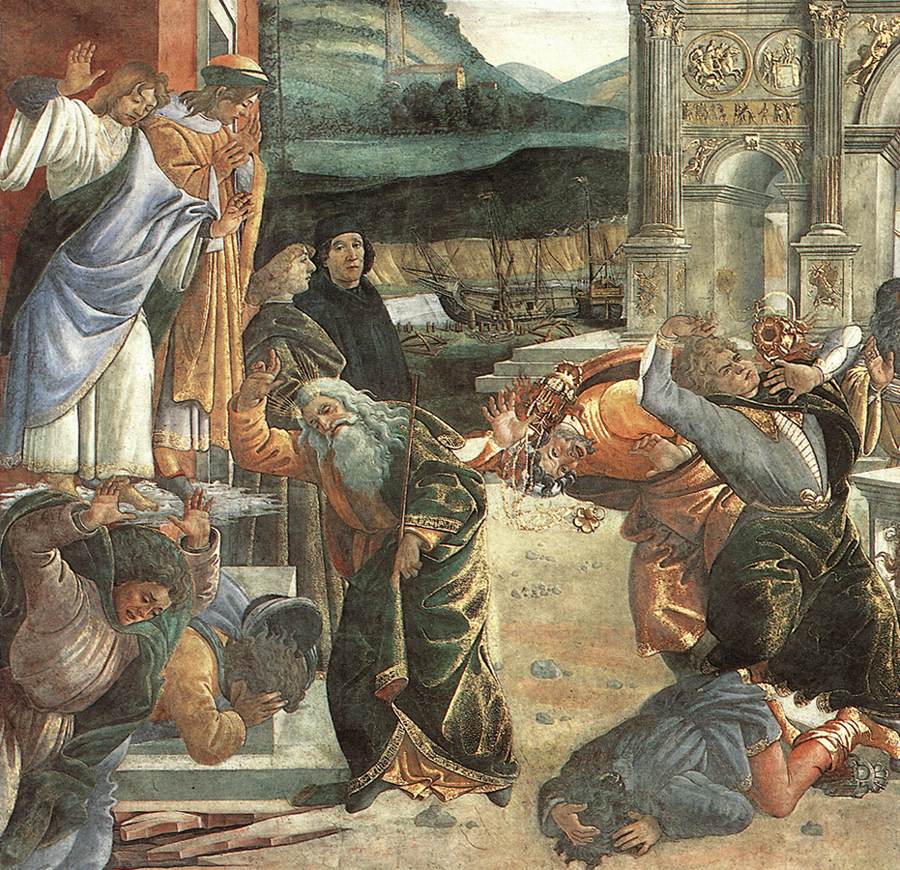|
Numbers Rabbah
Numbers Rabbah (or Bamidbar Rabbah in Hebrew) is a religious text holy to classical Judaism. It is a midrash comprising a collection of ancient rabbinical homiletic interpretations of the book of Numbers (''Bamidbar'' in Hebrew). In the first printed edition of the work (Constantinople, 1512), it is called ''Bamidbar Sinai Rabbah''. Nahmanides (1194–c. 1270) and others cite it frequently by the same name. It is the latest component of Midrash Rabbah on the Torah, and as such was unknown to Nathan ben Jehiel (c. 1035–1106), Rashi (1040–1105), and Yalkut Shimoni. Relation to Tanchuma Numbers Rabbah consists of two parts, which are of different origin and extent. The first portion, sections 1–14 (on Torah portions Bamidbar and Naso) — almost three-quarters of the whole work — contains a late homiletic commentary upon . The second part, sections 15–33, reproduces the Midrash Tanchuma from almost word for word. Midrash Tanchuma generally covered in each case only a fe ... [...More Info...] [...Related Items...] OR: [Wikipedia] [Google] [Baidu] |
Hebrew Language
Hebrew (; ; ) is a Northwest Semitic language of the Afroasiatic language family. Historically, it is one of the spoken languages of the Israelites and their longest-surviving descendants, the Jews and Samaritans. It was largely preserved throughout history as the main liturgical language of Judaism (since the Second Temple period) and Samaritanism. Hebrew is the only Canaanite language still spoken today, and serves as the only truly successful example of a dead language that has been revived. It is also one of only two Northwest Semitic languages still in use, with the other being Aramaic. The earliest examples of written Paleo-Hebrew date back to the 10th century BCE. Nearly all of the Hebrew Bible is written in Biblical Hebrew, with much of its present form in the dialect that scholars believe flourished around the 6th century BCE, during the time of the Babylonian captivity. For this reason, Hebrew has been referred to by Jews as '' Lashon Hakodesh'' (, ) since an ... [...More Info...] [...Related Items...] OR: [Wikipedia] [Google] [Baidu] |
Bamidbar (parsha)
Bemidbar, BeMidbar, B'midbar, Bamidbar, or Bamidbor ( — Hebrew for "in the wilderness of" inai the fifth overall and first distinctive word in the parashah), is the 34th weekly Torah portion (, ''parashah'') in the annual Jewish cycle of Torah reading and the first in the Book of Numbers. The parashah tells of the census and the priests' duties. It constitutes . The parashah is made up of 7,393 Hebrew letters, 1,823 Hebrew words, 159 verses, and 263 lines in a Torah Scroll (, ''Sefer Torah''). Jews generally read it in May or early June.“Parashat Bamidbar.” Hebcal. Retrieved May 16, 2017. Readings In traditional Sabbath Torah reading, the parashah is divided into seven readings, or , '' aliyot''. Firs ...
|
Encyclopaedia Judaica
The ''Encyclopaedia Judaica'' is a 22-volume English-language encyclopedia of the Jewish people, Judaism, and Israel. It covers diverse areas of the Jewish world and civilization, including Jewish history of all eras, culture, holidays, language, scripture, and religious teachings. As of 2010, it had been published in two editions accompanied by a few revisions. The English-language ''Judaica'' was also published on CD-ROM. The CD-ROM version has been enhanced by at least 100,000 hyperlinks and several other features, including videos, slide shows, maps, music and Hebrew pronunciations. While the CD-ROM version is still available, the publisher has discontinued it. The encyclopedia was written by Israeli, American and European professional subject specialists. History Preceding attempts Between 1901 and 1906 ''The Jewish Encyclopedia'' had been published in 12 volumes. It was followed by the ''Jüdisches Lexikon I–II'' (1927–28, in German), ''Encyclopaedia Judaica I–II ... [...More Info...] [...Related Items...] OR: [Wikipedia] [Google] [Baidu] |
Moses Ha-Darshan
Moshe haDarshan (circa early 11th century) ( he, משה הדרשן, trans. "Moses the preacher") was chief of the yeshiva of Narbonne, and perhaps the founder of Jewish exegetical studies in France. Along with Rashi, his writings are often cited as the first extant writings in Zarphatic, the Judæo-French language. According to Abraham Zacuto, Moses was descended from a Narbonne family distinguished for its erudition; his great-grandfather, Abun, his grandfather, Moses ben Abun, and his father, Jacob ben Moses ben Abun (called "ha-Navi"), all having been presidents of the Narbonne ''yeshivah''. Moses himself held this position, and after his death it was occupied by his brother Levi. As aggadist Though Moshe ha-Darshan was considered a rabbinical authority, he owes his reputation principally to the fact that together with Tobiah ben Eliezer he was the most prominent representative of midrashic-symbolic Bible exegesis (''derash'') in the 11th century. His work on the Bible, prob ... [...More Info...] [...Related Items...] OR: [Wikipedia] [Google] [Baidu] |
Sifre
Sifre ( he, סִפְרֵי; ''siphrēy'', ''Sifre, Sifrei'', also, ''Sifre debe Rab'' or ''Sifre Rabbah'') refers to either of two works of ''Midrash halakha'', or classical Jewish legal biblical exegesis, based on the biblical books of Numbers and Deuteronomy. The Talmudic era Sifre The title ''Sifre debe Rav'' (lit. "the books of the school of Rav") is used by Chananel ben Chushiel, Isaac Alfasi, and Rashi; it occurs likewise in Makkot 9b. The 8th century author of Halachot Gedolot names four "exegetical books belonging to the Scribes" (Heb. ''Midrash sofrim'') and which, in all appearances, seem to refer to "Sifre debe Rav" and which comprised the following compositions: 1) ''Genesis Rabbah'' 2) '' Mekhilta'' (on Exodus), 3) ''Sifrei'' (on Numbers) and 4) ''Sifrei'' (on Deuteronomy). Regarding the reference in Sanhedrin 86a to the Sifre of Rabbi Simeon, see Mekhilta of Rabbi Shimon; the question has likewise been raised whether, in view of the well-known close relation th ... [...More Info...] [...Related Items...] OR: [Wikipedia] [Google] [Baidu] |
Shlach
''Shlach, Shelach, Sh'lah, Shlach Lecha'', or ''Sh'lah L'kha'' ( or — Hebrew for "send", "send to you", or "send for yourself") is the 37th weekly Torah portion (, ''parashah'') in the annual Jewish cycle of Torah reading and the fourth in the Book of Numbers. Its name comes from the first distinctive words in the parashah, in . ''Shelach'' () is the sixth and ''lecha'' () is the seventh word in the parashah. The parashah tells the story of the twelve spies sent to assess the promised land, commandments about offerings, the story of the Sabbath violator, and the commandment of the fringes (, ''tzitzit''). The parashah constitutes . It is made up of 5,820 Hebrew letters, 1,540 Hebrew words, 119 verses, and 198 lines in a Torah Scroll (''Sefer Torah''). Jews generally read it in June or early July. Readings In traditional Sabbath Torah reading, the parashah is divided into seven readings, or , '' aliyot''. First reading — Numbers 13:1–20 In the first reading, God told Mo ... [...More Info...] [...Related Items...] OR: [Wikipedia] [Google] [Baidu] |
Chukat
Chukat, HuQath , Hukath, or Chukkas ( — Hebrew for "decree," the ninth word, and the first distinctive word, in the parashah) is the 39th weekly Torah portion (, ''parashah'') in the annual Jewish cycle of Torah reading and the sixth in the Book of Numbers. The parashah sets out the laws of corpse contamination (''tumat hamet'') and purification with the water of lustration prepared with the Red Cow (, ''parah adumah'', also called the “Red Heifer”). It also reports the deaths of Miriam and Aaron, the failure of Moses at the Waters of Meribah, and the conquest of Arad, the Amorites, and Bashan. The parashah comprises . The parashah is the shortest weekly Torah portion in the Book of Numbers (although not the shortest in the Torah), and is made up of 4,670 Hebrew letters, 1,245 Hebrew words, 87 verses, and 159 lines in a Torah Scroll (, ''Sefer Torah''). Jews generally read it in late June or July. In most years (for example, in 2019, 2021, 2022, 2024, 2025, and 2028), p ... [...More Info...] [...Related Items...] OR: [Wikipedia] [Google] [Baidu] |
Korach (parsha)
Korach or Korah ( he, קֹרַח ''Qoraḥ'' — the name "Korah," which in turn means ''baldness'', ''ice'', ''hail'', or ''frost'', the second word, and the first distinctive word, in the parashah) is the 38th weekly Torah portion (, ''parashah'') in the annual Jewish cycle of Torah reading and the fifth in the Book of Numbers. It tells of Korah's failed attempt to overthrow Moses. It comprises . The parashah is made up of 5,325 Hebrew letters, 1,409 Hebrew words, 95 verses, and 184 lines in a Torah Scroll (, ''Sefer Torah''). Jews generally read it in June or July. Readings In traditional Sabbath Torah reading, the parashah is divided into seven readings, or , '' aliyot''. First reading — Numbers 16:1–13 In the first reading (, ''aliyah''), the Levite Korah son of Izhar joined with the Reubenites Dathan and Abiram, sons of Eliab, and On, son of Peleth and 250 chieftains of the Israelite community to rise up against Moses. Korah and his band asked Moses and Aaron why t ... [...More Info...] [...Related Items...] OR: [Wikipedia] [Google] [Baidu] |
Leopold Zunz
Leopold Zunz ( he, יום טוב צונץ—''Yom Tov Tzuntz'', yi, ליפמן צונץ—''Lipmann Zunz''; 10 August 1794 – 17 March 1886) was the founder of academic Judaic Studies (''Wissenschaft des Judentums''), the critical investigation of Jewish literature, hymnology and ritual. Nahum Glatzer, Pelger Grego"Zunz, Leopold" ''Encyclopaedia Judaica'' (2nd ed., 2007) Zunz's historical investigations and contemporary writings had an important influence on contemporary Judaism. Biography Leopold Zunz was born at Detmold, the son of Talmud scholar Immanuel Menachem Zunz (1759-1802) and Hendel Behrens (1773-1809), the daughter of Dov Beer, an assistant cantor of the Detmold community. The year following his birth his family moved to Hamburg, where, as a young boy, he began learning Hebrew grammar, the Pentateuch, and the Talmud. His father, who was his first teacher, died in July 1802, when Zunz was not quite eight years old.Kaufmann, David (1900).Zunz, Leopold" In: ''Allgemein ... [...More Info...] [...Related Items...] OR: [Wikipedia] [Google] [Baidu] |
Solomon Buber
Solomon (or Salomon) Buber (2 February 1827 – 28 December 1906) was a Jewish Galician scholar and editor of Hebrew works. He is especially remembered for his editions of Midrash and other medieval Jewish manuscripts, and for the pioneering research surrounding those texts. Biographical data Solomon Buber was born at Lemberg (then part of the Kingdom of Galicia and Lodomeria, Austria, now Lviv, Ukraine) on February 2, 1827. His father, Isaiah Abraham Buber, was versed in Talmudic literature and Jewish philosophy, and was Solomon's teacher in the latter subject; but for his son's Biblical and Talmudic studies he carefully selected competent professional teachers. Buber soon desired to conduct independent research and put the results in literary form—a disposition that proved valuable to Jewish literature. At twenty years of age, Buber married and entered commercial pursuits. He rose rapidly to become ''Handelskammerrath,'' and auditor of the Austro-Hungarian Bank and of t ... [...More Info...] [...Related Items...] OR: [Wikipedia] [Google] [Baidu] |
Naso (parsha)
Naso or Nasso ( — Hebrew for "take a census" or "lift up," the sixth word, and the first distinctive word, in the parashah) is the 35th weekly Torah portion (, ''parashah'') in the annual Jewish cycle of Torah reading and the second in the Book of Numbers. It constitutes . The parashah addresses priestly duties, camp purification, restitution for wrongs committed, the wife accused of unfaithfulness (, ''sotah''), the nazirite, the Priestly Blessing, and consecration of the Tabernacle. Naso has the largest number of letters, words, and verses of any of the 54 weekly Torah portions. The parashah is made up of 8,632 Hebrew letters, 2,264 Hebrew words, 176 verses, and 311 lines in a Torah Scroll (, ''Sefer Torah''). Jews generally read it in late May or June, typically (though not always) on the first Shabbat after Shavuot. As this parashah includes the story of the consecration of the Tabernacle, Jews also read parts of it as Torah readings on the eight days of Hanukkah, when they ... [...More Info...] [...Related Items...] OR: [Wikipedia] [Google] [Baidu] |
Parsha
The term ''parashah'' ( he, פָּרָשָׁה ''Pārāšâ'', "portion", Tiberian , Sephardi , plural: ''parashot'' or ''parashiyot'', also called ''parsha'') formally means a section of a biblical book in the Masoretic Text of the Tanakh (Hebrew Bible). In common usage today the word often refers to the Weekly Torah portion (a shortened form of ''Parashat HaShavua''). This article deals with the first, formal meaning of the word. In the Masoretic Text, ''parashah'' sections are designated by various types of spacing between them, as found in Torah scrolls, scrolls of the books of Nevi'im or Ketuvim (especially the Megillot), masoretic codices from the Middle Ages and printed editions of the masoretic text. The division of the text into ''parashot'' for the biblical books is independent of chapter and verse numbers, which are not part of the masoretic tradition. ''Parashot'' are not numbered, but some have special names. The division of ''parashot'' found in the modern-day To ... [...More Info...] [...Related Items...] OR: [Wikipedia] [Google] [Baidu] |


.jpg)




.jpg)